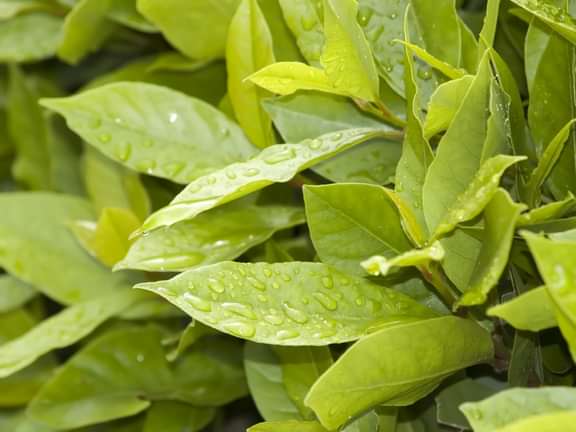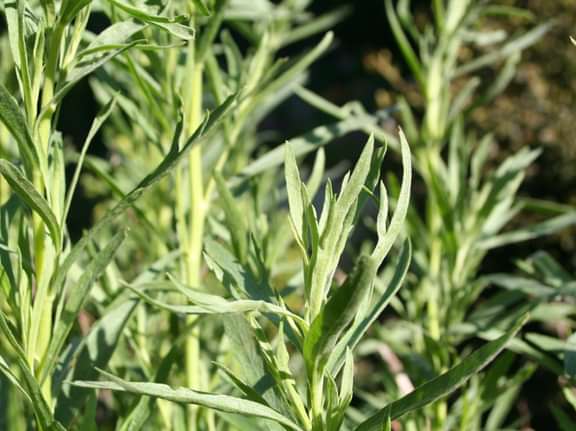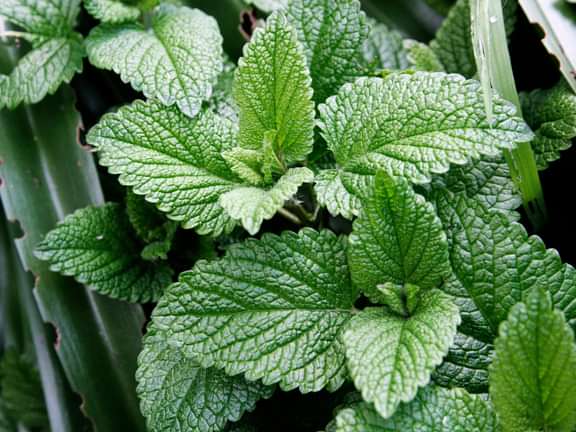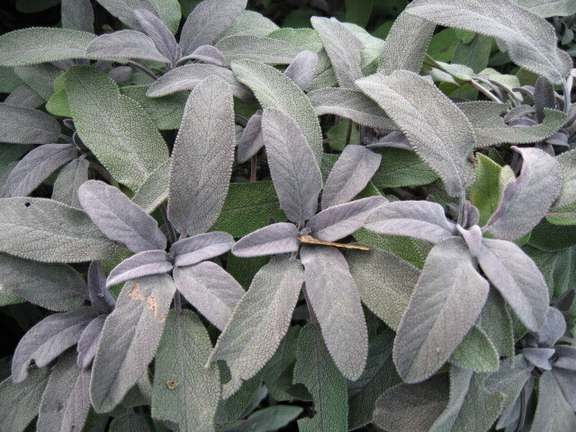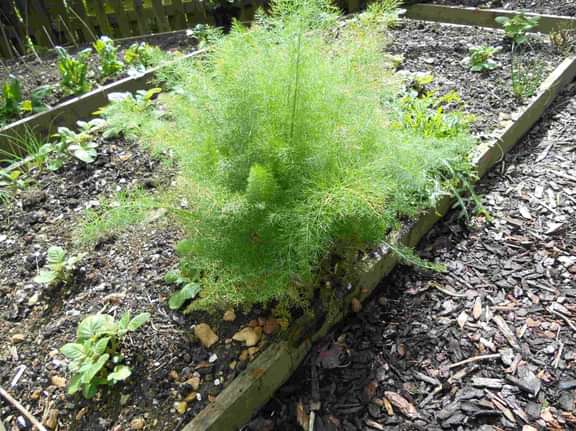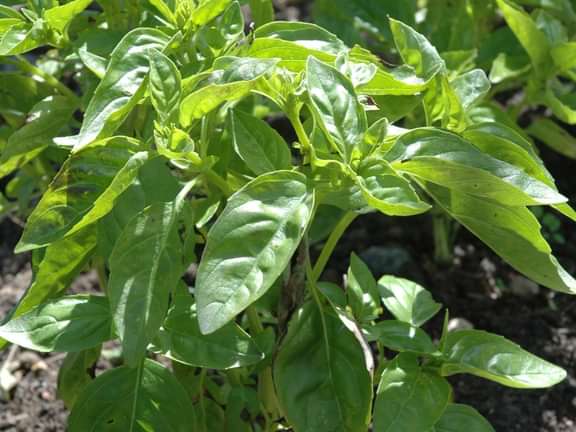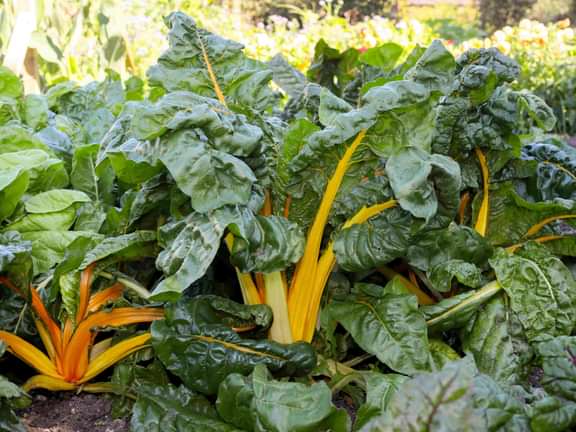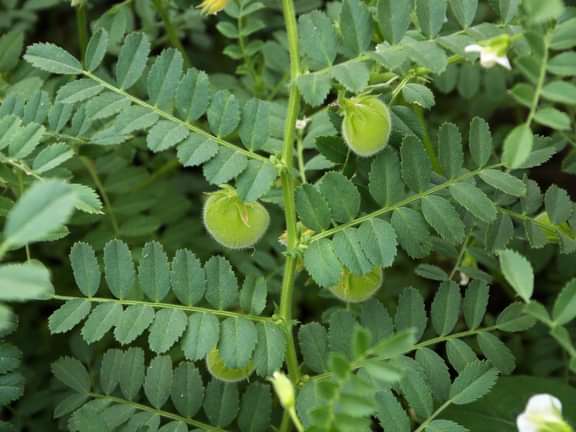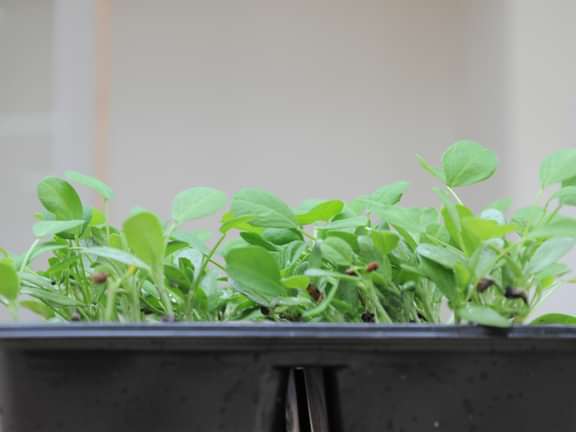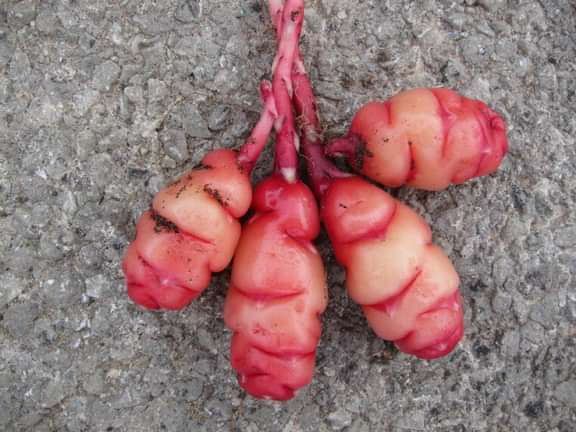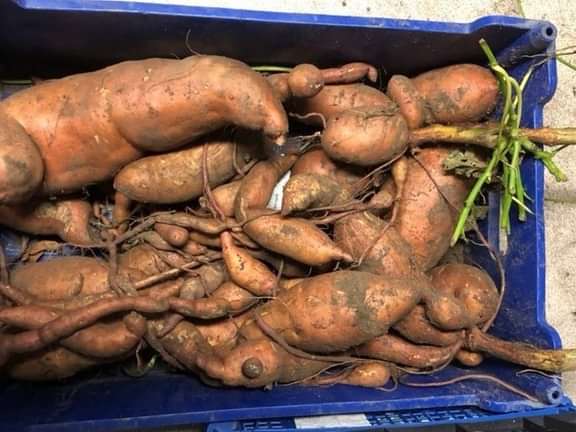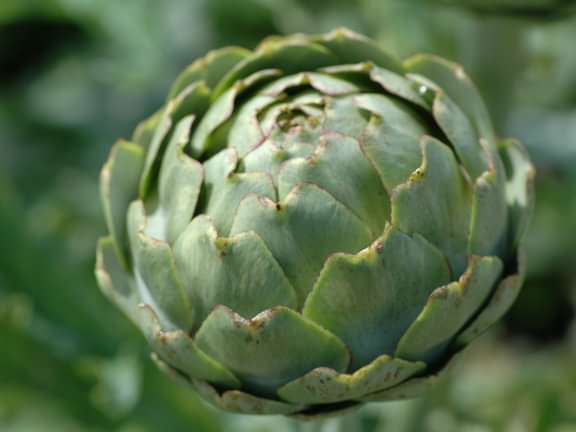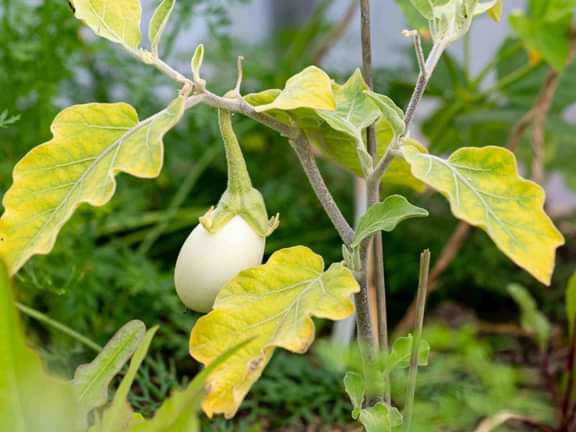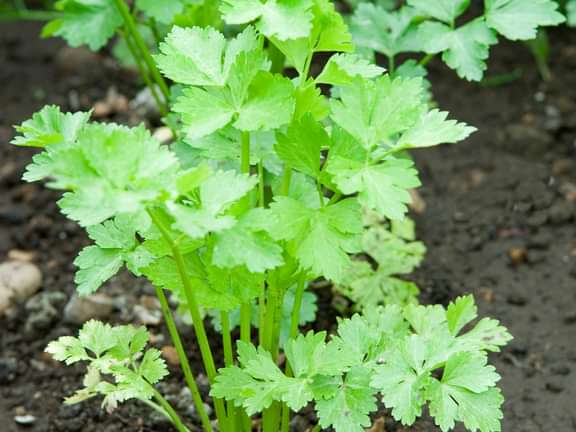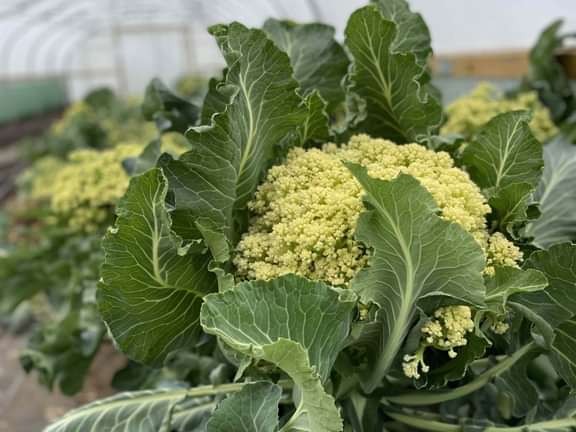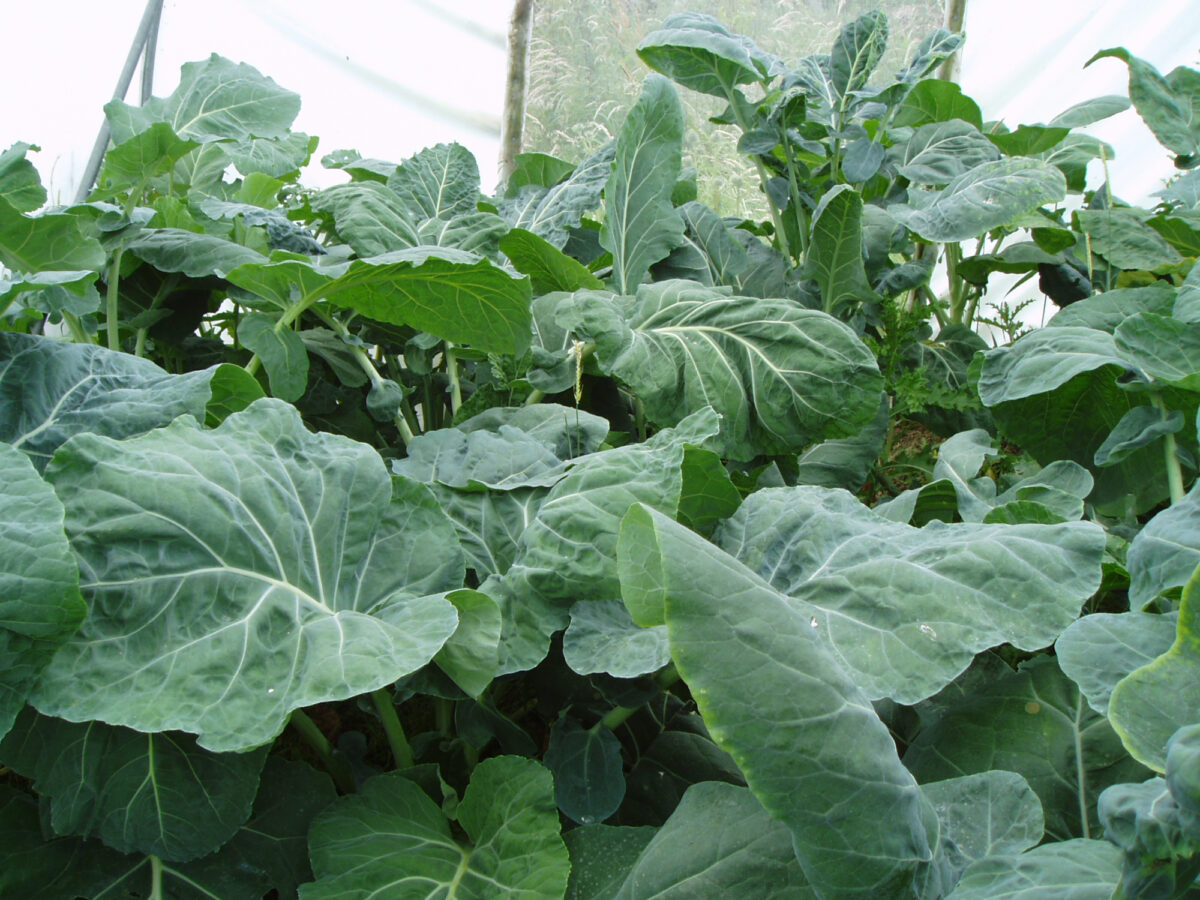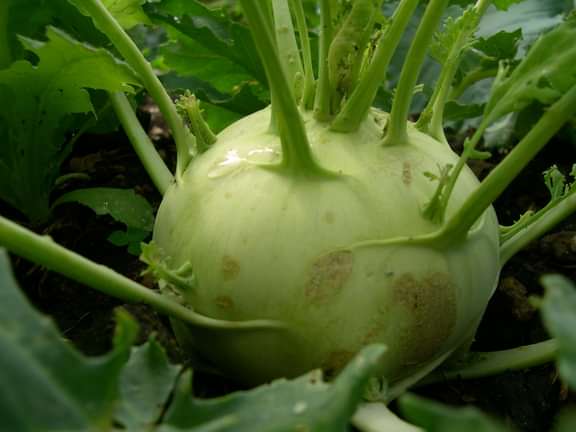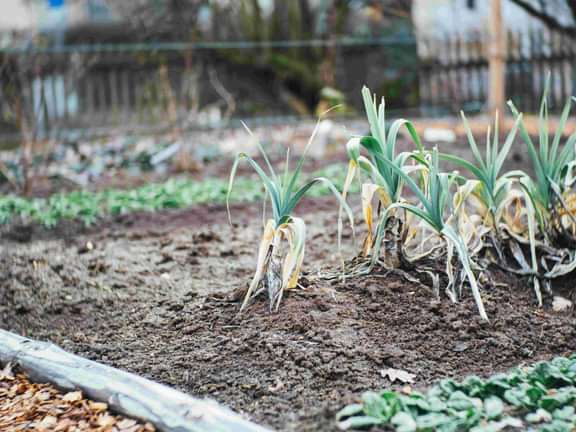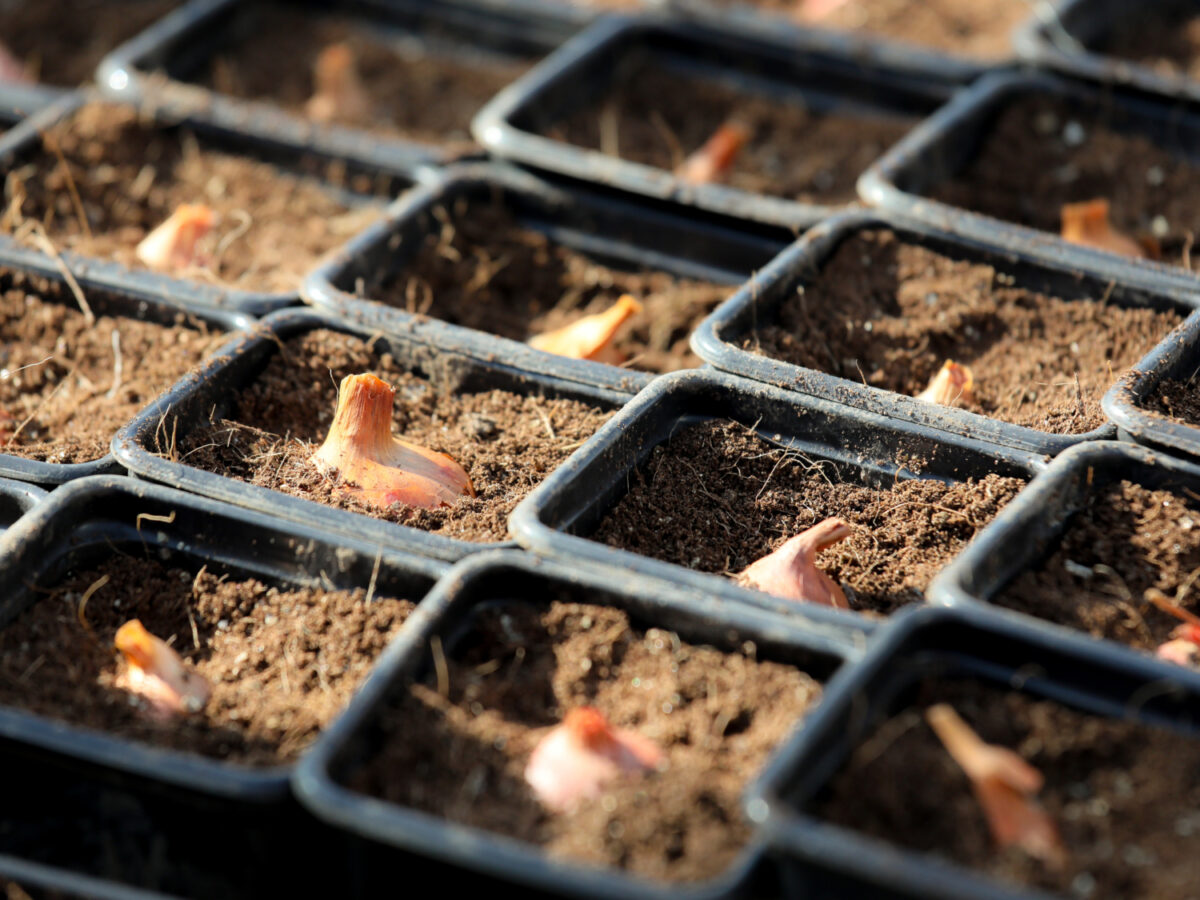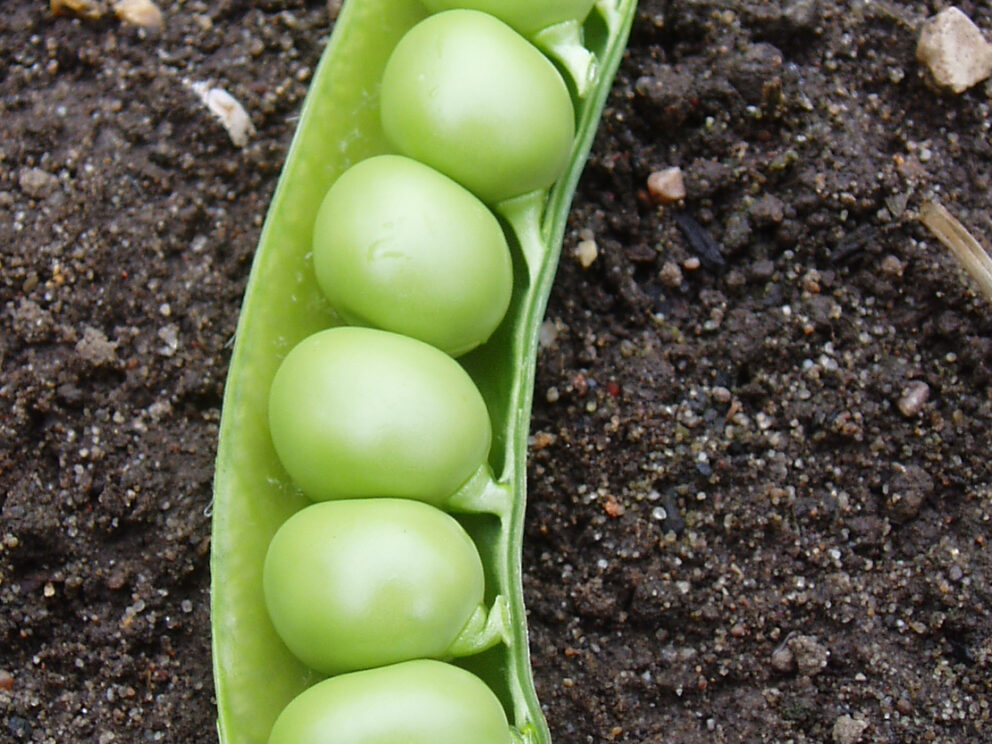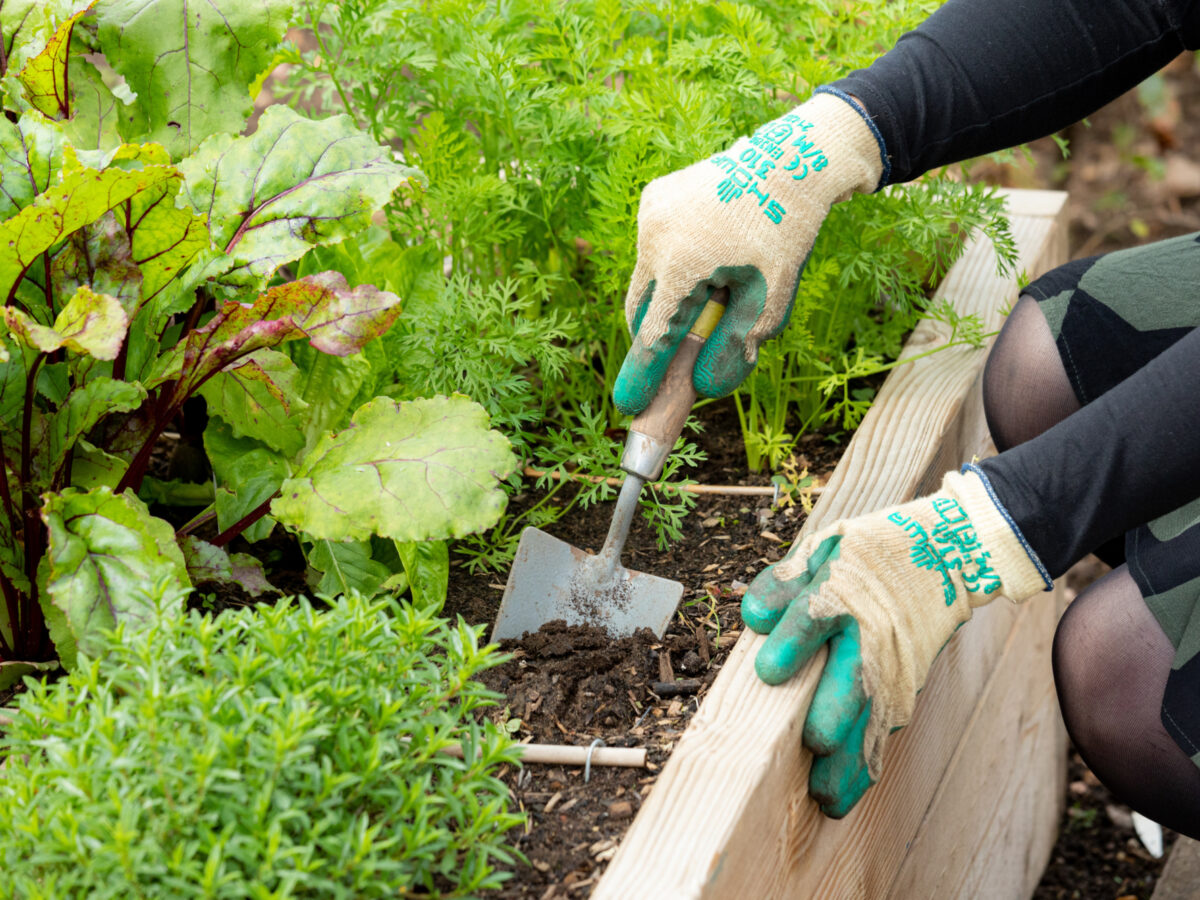Growing Guides
Vegetables and herbs growing guides
Frequently asked questions
-
Few vegetables will grow well with less than 4 hours sun. However, you can try the following:
- Growing early vegetables such as spring cabbage, winter lettuce and broad beans (Aquadulce) is one solution. Sow in early autumn so they are well established by early spring.
- Try growing some shade tolerant vegetables like beetroot, calabrese, kale, kohl rabi, Little Gem lettuce. Also radish, spinach and herbs - chives, mint and parsley are all shade tolerant.
- Fruit such as raspberries, blackcurrants, gooseberry and rhubarb are plants of the woodland edge and will thrive in this environment.
- You could try other strategies to improve the growing conditions such as increasing the light levels by careful pruning of trees.
- Improve the soil too as tree roots remove a lot nutrients and water. Work in plenty of well-rotted organic matter at a rate of one wheelbarrow/5sq m.
- Starting seeds in modules will get them off to an early start with an established root system.
I hope this list gives you some hope. As with most things in gardening, experiment and see what does well in your situation.
-
There is not really a correct method. To prevent lower growing crops from being shaded out, plant tall crops on an East/West orientation. If they are planted North/South then as the sun moves across the sky the crops on either side will be shaded out. This does not matter as much with lower growing crops, as they cast very little shade.
-
Blossom end rot occurs when there are insufficient calcium levels in developing fruit. This is most common when the first trusses are forming and calcium demand is high. As water transports calcium around the tomato plant the condition is usually linked to inadequate or irregular watering. Tomatoes need the equivalent of 2-4cms rainfall every week, though the amount of water given is less important than maintaining consistent water levels. Watering daily, at least, will be necessary in hot conditions. As little as half-an-hour of water deficiency can cause the condition to develop. Pick off and compost any fruits that have been affected. Mulching around tomato plants with grass clippings, straw or hay will prevent plants drying out.
-
Carrots can be difficult to grow if the soil conditions are not right.
Carrots do best on a medium to light, stone free soil in a sunny, open sit. The pH range should be between 6.5-7.5. They do not do well in heavy soil and germination will be affected if a green manure crop has been grown and dug in recently. They are not heavy feeders and usually grow well on soil manured for a previous years' crop.
Sow the seed thinly and thin to three inches apart for larger roots. Keep weed-free by hoeing between rows. Water well in dry weather. The main pest is carrot fly. Growing carrots under a cover of horticultural fleece will give protection against this problem.
Some carrot cultivars only produce short, stubby carrots. They are more suitable if the soil is heavy. For a longer root try something like 'James Scarlet Intermediate' or 'Flakkee'. Both of these varieties are available from the Organic Gardening Catalogue.
